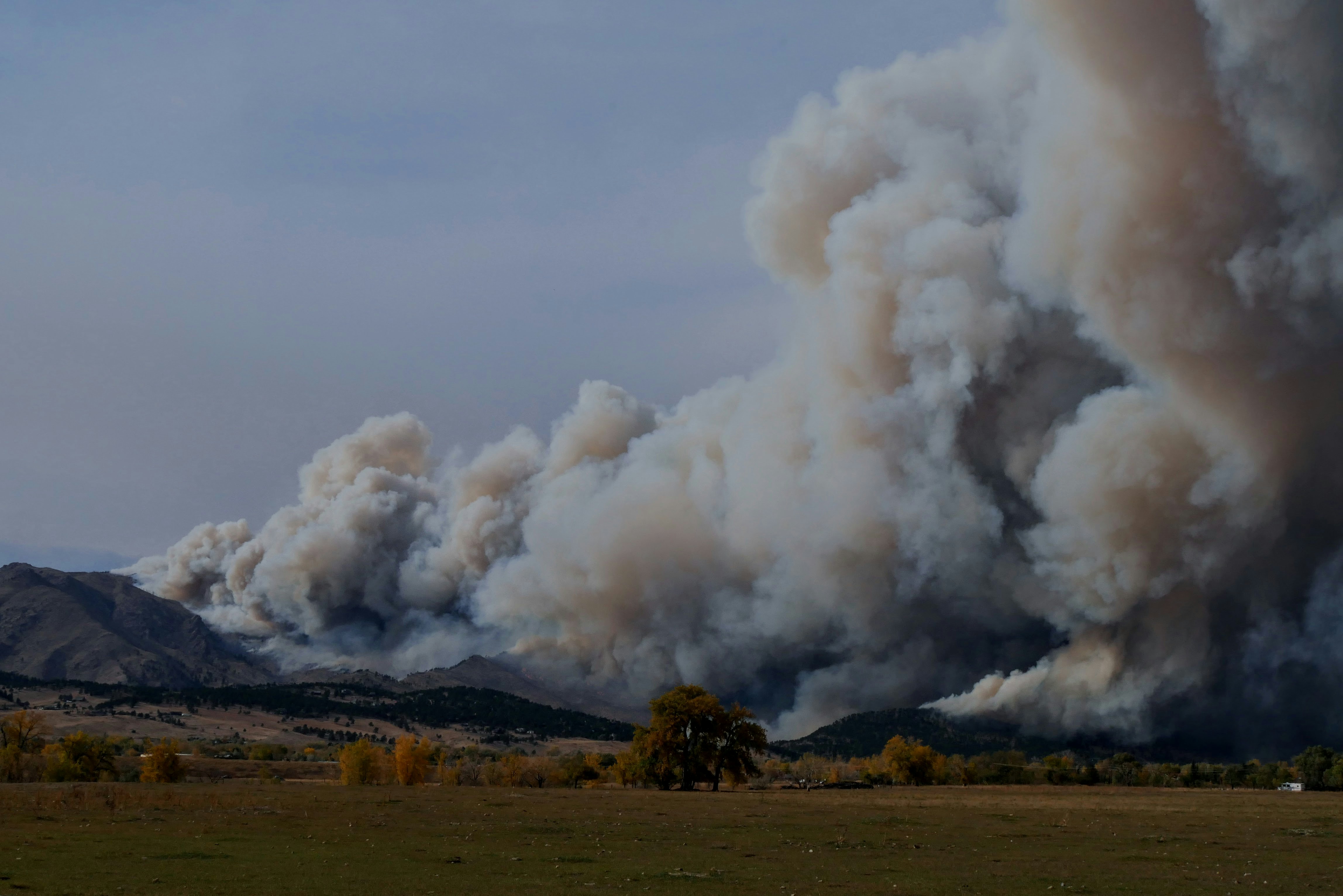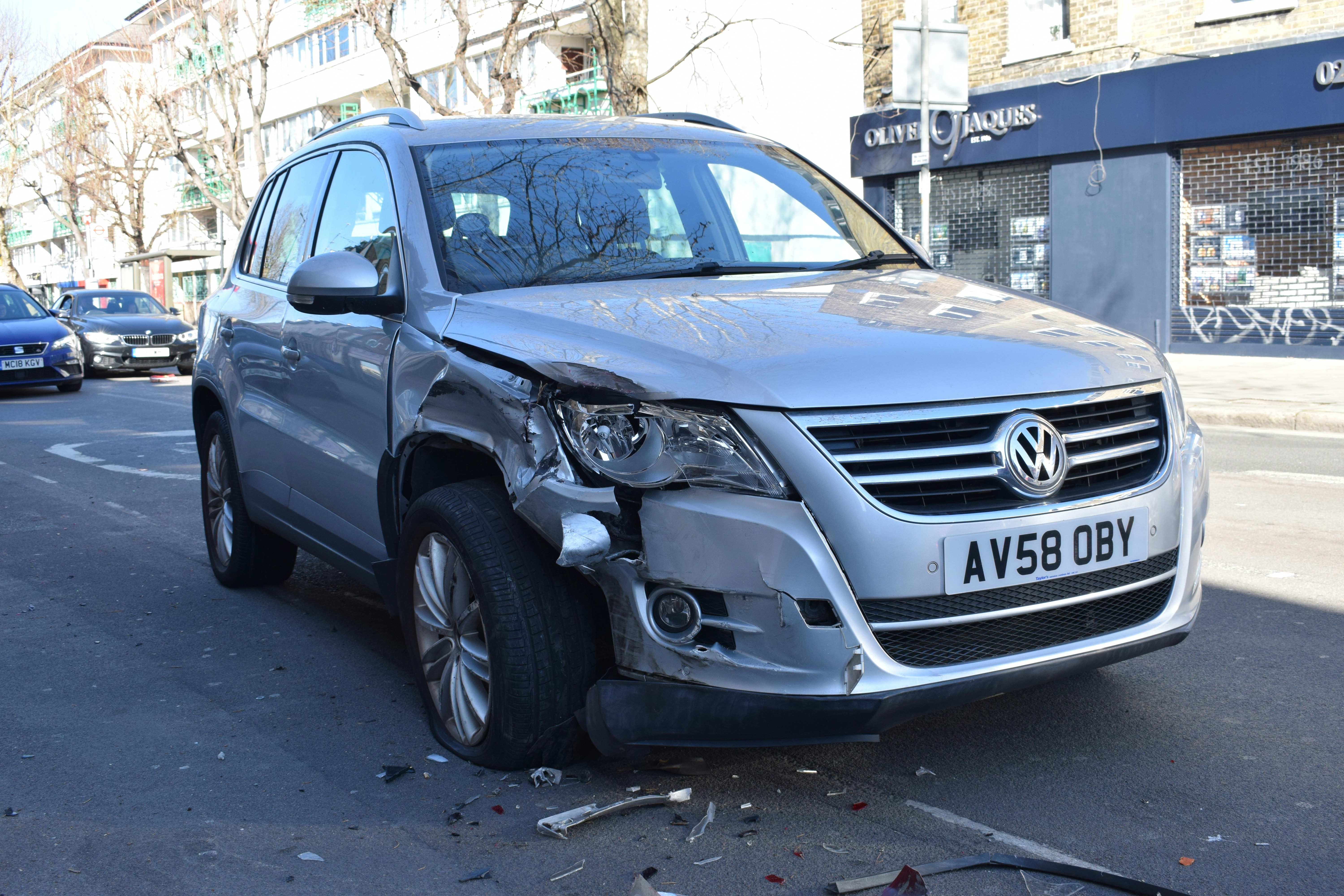Post date :
Feb 5, 2025

Founder, Western Slope Law
If you’ve been injured or your vehicle was damaged in a car accident caused by another driver, you have the right to seek compensation from the at-fault driver’s insurance company. Because Colorado follows an at-fault insurance system, the driver responsible for the accident must compensate the victim for any medical bills, property damage, lost wages, and other losses. Filing a claim correctly can make all the difference in getting the settlement you deserve. Here’s a step-by-step guide on how to file a claim against an at-fault driver in Colorado.
Step 1: Gather Evidence at the Scene
Right after a car accident, it’s important to collect as much evidence as possible to support your claim. The more comprehensive your documentation, the stronger your position will be when negotiating with insurance companies. Here are the key pieces of evidence to secure:
Photos and Videos: Use your phone (or a camera, if available) to take clear shots of the damage to all vehicles involved, visible injuries you or others have sustained, and the overall scene—this includes the road conditions, skid marks, and any debris. Videos can capture details that photos might miss, such as the angle of impact or the layout of the surrounding area.
Police Report: Colorado law (CRS 42-4-1606) requires drivers to report any accident involving injury, death, or significant property damage. Make sure to request a copy of the police report. Law enforcement officers typically include their observations about how the crash happened and who they believe is at fault. This can be critical evidence when you file your claim.
Witness Statements and Contact Information: If there were any bystanders or other drivers who saw the accident, politely ask for their contact details and, if possible, a brief statement of what they observed. Witness testimony can help confirm the at-fault driver’s actions (or inactions) that led to the accident.
Medical Records and Treatment Costs: If you’ve been injured, keep a detailed record of all medical visits, doctor’s notes, prescriptions, and receipts for medical expenses. These documents show the extent of your injuries and the financial impact the accident has had on you.
Documentation of Lost Wages: If you missed work because of your injuries, keep track of the days you were out and any supporting documentation from your employer or healthcare provider. Lost wages can be included in your claim to ensure you’re not left footing the bill for someone else’s negligence.
Step 2: Notify the At-Fault Driver’s Insurance Company
Once you have the basic evidence in hand, the next step is to file a claim with the at-fault driver’s insurance company. When you first contact the insurer, provide only the essential details:
The date, time, and location of the accident
The type of damage you sustained (vehicle damage, injuries, etc.)
Your contact information
Avoid giving a recorded or detailed statement about the incident before consulting an attorney. Insurance companies are often looking for ways to minimize payouts, and any statement you make could be used against you later. It’s best to speak with an experienced legal professional before discussing specifics.
Step 3: Seek Medical Attention and Document Your Injuries
If there’s any chance you were injured in the accident, seek medical attention right away. Even if you feel fine initially, some injuries — like whiplash or internal trauma — can take days (or even weeks) to manifest. Getting prompt medical care will not only protect your health but also help strengthen your personal injury claim.
Here’s what you should do:
Follow all Medical Advice: If a doctor recommends follow-up appointments, physical therapy, or specialist visits, be sure to comply. This shows you are taking your injuries seriously and are committed to getting better.
Keep a Health Journal: Jot down your symptoms, pain levels, and how the injuries affect your daily life. This informal record can help demonstrate how the accident impacted your normal routines and may support a higher compensation amount.
Retain All Medical Documentation: Save every bill, prescription label, and diagnostic report. These documents help paint a full picture of your medical journey and the costs associated with it.
Step 4: Determine the Compensation You Are Owed
When you file a claim against an at-fault driver, the goal is to be made “whole” again—meaning you should be compensated for all the losses you’ve experienced because of the accident. Depending on the circumstances of your case, you may be entitled to compensation for:
Medical Bills (Past and Future): This covers not just immediate hospital bills but also ongoing treatment, rehabilitation, and any future procedures your doctor anticipates you’ll need.
Lost Wages and Reduced Earning Capacity: If you had to take time off work or can no longer work at full capacity, you can claim these losses as part of your settlement.
Vehicle Repair or Replacement Costs: Keep all quotes and invoices for repair work. If your vehicle is totaled, you should be compensated for its fair market value.
Pain and Suffering: Accidents often cause more than physical harm. Pain, discomfort, and the mental anguish that goes along with serious injuries can be compensated under Colorado law.
Emotional Distress: Sometimes the psychological impact of a car crash can lead to anxiety, depression, or PTSD. These are real damages and should be factored into your claim.
Punitive Damages: If the at-fault driver acted recklessly (e.g., drunk driving, street racing), the court may award punitive damages to penalize the driver and discourage similar behavior.
Step 5: Negotiate with the Insurance Company
After reviewing your claim, the insurance company might come back with an initial settlement offer. These first offers are often lower than what you truly deserve. Remember: Once you accept a settlement, you typically can’t pursue further compensation.
Here are some tips for dealing with insurance companies:
Review Every Offer Carefully: Don’t feel pressured into accepting a quick settlement. An experienced personal injury attorney can examine the offer and determine whether it fairly covers your medical bills, lost wages, and other damages.
Be Prepared to Push Back: If the offer is too low, negotiate. Provide the insurer with evidence supporting a higher demand, such as medical records and proof of lost wages.
Consider Hiring an Attorney: Insurance negotiations can be stressful, especially when juggling medical appointments and vehicle repairs. An attorney who understands Colorado’s personal injury laws can handle the back-and-forth with the insurer on your behalf. Most personal injury attorneys work on a contingency fee basis, meaning they only get paid if you win your case.
Step 6: File a Lawsuit if Necessary
If negotiations come to a standstill—maybe the insurance company denies liability, offers a very low settlement, or simply drags its feet—you may need to file a personal injury lawsuit. Taking the case to court can be more time-consuming, but it’s sometimes the only way to secure fair compensation.
In Colorado, the statute of limitations for filing a personal injury claim from a motor vehicle accident is three years (CRS 13-80-101). If you miss this deadline, you may lose your chance to recover any compensation at all. For non-vehicle personal injury cases, you generally have two years to file. For certain claims, like a physical assault or battery, the statute of limitations is one year.
Don’t delay. Even if you think negotiations might work out, keep those deadlines in mind so you don’t lose your legal rights.
The Bottom Line
Being involved in a car accident is stressful, but knowing how to file a claim against an at-fault driver in Colorado can help you move forward. By gathering strong evidence, staying on top of deadlines, and enlisting the help of a qualified personal injury attorney, you’ll be in the best position to secure fair compensation for your losses. If you have questions about your specific situation, it’s always wise to speak with a legal professional who understands Colorado’s personal injury laws.

















